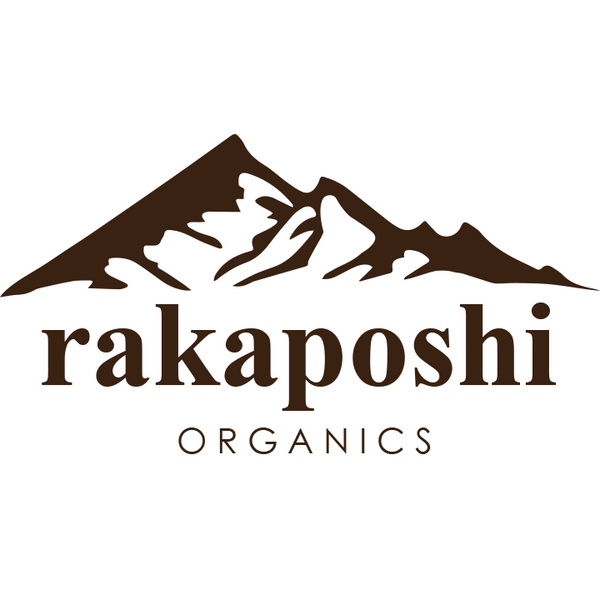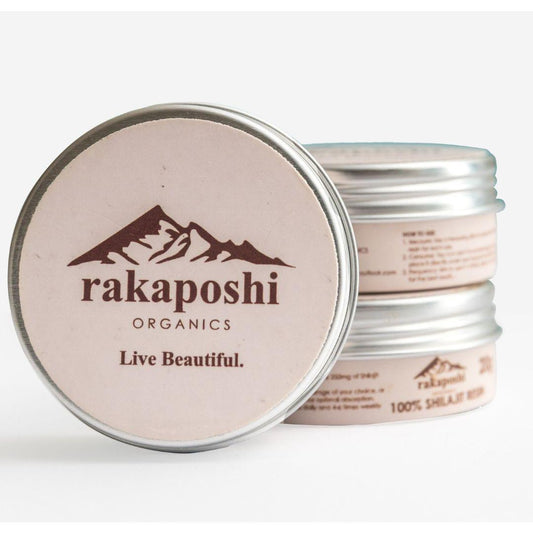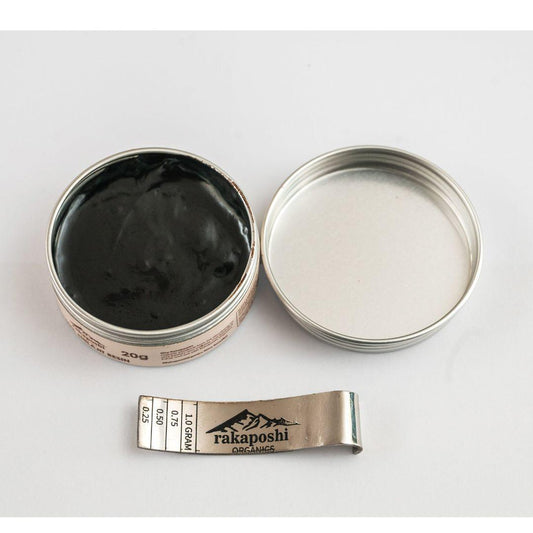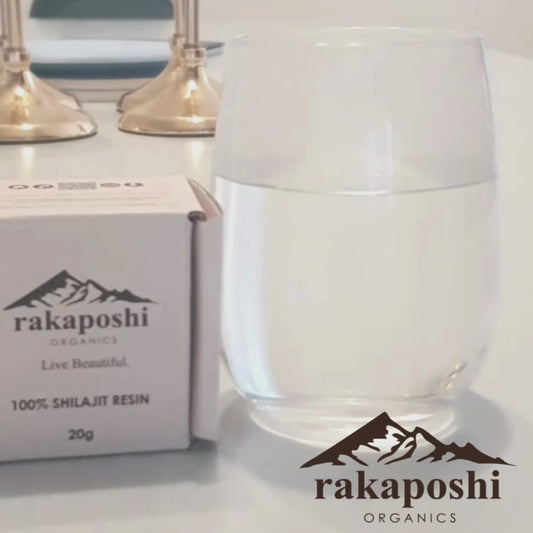
Understanding Shilajit Potency and Fulvic Acid Levels – Clearing the Misconceptions
Share
Shilajit is a powerful natural resin celebrated for its remarkable health benefits, including enhanced energy, improved cognitive function, and overall wellness. However, not all shilajit is created equal. One common area of confusion is the potency of shilajit, particularly concerning Fulvic Acid levels.
At Rakaposhi Organics, we take great pride in our product’s authenticity, purity, and potency. However, there’s a persistent misconception about Fulvic Acid percentages that we’d like to address to set the record straight. Here’s everything you need to know about Fulvic Acid levels, shilajit potency, and why Rakaposhi Organics stands out.
What is Fulvic Acid, and Why Does It Matter?
Fulvic Acid is one of the key components of shilajit, celebrated for its ability to promote nutrient absorption, detoxify cells, and support overall health. It works alongside other important components of shilajit, including Humic Acid and over 84 trace minerals, to provide its unique health benefits.
However, many brands highlight Fulvic Acid percentages on their packaging as a primary measure of potency, sometimes claiming extremely high numbers. While Fulvic Acid is essential, shilajit’s overall efficacy cannot be reduced to just this one component. True potency is determined by multiple factors, including geography, elevation, and composition.
Fulvic Acid Levels: Naturally Variable and Batch-Specific
Here’s an important fact that often goes unnoticed: Fulvic Acid levels in shilajit are not consistent. They vary depending on factors such as:
- Geography: The specific location of the harvest significantly influences the chemical composition.
- Harvest Vein: Different veins within the same mountain range can yield shilajit with varying characteristics.
- Season and Batch: Levels can fluctuate year to year and batch to batch, depending on environmental factors.
For this reason, advertising a static Fulvic Acid percentage on product labels is not scientifically accurate. At Rakaposhi Organics, we take a more responsible approach by conducting batch-specific chemical analyses. This ensures that every jar of shilajit we sell reflects the true composition of that harvest.
Elevation: The Key to Potency
When it comes to shilajit, elevation is a critical factor influencing potency.
- Lower Altitudes, Lower Potency: Shilajit harvested from lower altitudes, such as the Altai Mountains (average ~8,000 feet), typically has reduced potency due to its mineral composition and environmental exposure.
- Higher Altitudes, Higher Potency: In contrast, shilajit harvested from the towering peaks of the Himalayas—like those in Pakistan and Nepal—reaches altitudes of 20,000 feet. This extreme elevation results in higher mineral density and a more potent resin.
At Rakaposhi Organics, our Himalayan shilajit is sourced from these high-altitude regions, ensuring unparalleled quality and effectiveness.
Himalayan Shilajit: A Closer Look at Regional Variations
The greater Himalayan region spans multiple countries, including Bhutan, Nepal, India, and Pakistan. While all Himalayan shilajit benefits from high altitudes, the highest elevations are found in Nepal and Pakistan.
This is an important distinction. Products sourced from lower-altitude Himalayan regions may not match the potency of those harvested in the extreme heights of Pakistan and Nepal. At Rakaposhi Organics, we take pride in sourcing our shilajit from the highest elevations in the region, where the mineral-rich environment produces a superior product.
Beware of Overinflated Fulvic Acid Claims
If you’ve come across shilajit products boasting extremely high Fulvic Acid levels—say, 70% or more—you might want to take a closer look.
Here’s why:
- The Science Says Otherwise: According to experts in chemical analysis, the highest recorded Fulvic Acid level in authentic shilajit is around 52% by volume weight. Anything significantly higher is either inaccurate or misrepresented.
- Shilajit is More Than Fulvic Acid: Authentic shilajit also contains Humic Acid and over 84 trace minerals. If Fulvic Acid levels are exaggerated, it raises questions about the balance of these other essential components. After all, if one component dominates, what happened to the rest?
By performing rigorous batch-specific testing, we ensure that our shilajit delivers an optimal balance of all its natural components.
The Problem with Lab-Manufactured and Drop-Shipped Shilajit
The growing popularity of shilajit has led to an influx of products that may not meet the standards of authenticity or quality. Lab-manufactured or drop-shipped products often claim excessively high Fulvic Acid percentages or misrepresent their sourcing.
At Rakaposhi Organics, we remain committed to providing our customers with an authentic product. Every batch of our shilajit is ethically sourced, rigorously tested, and transparently labeled to ensure you receive a premium product.
Why Choose Rakaposhi Organics?
- High-Altitude Sourcing: Our shilajit is harvested at 20,000 feet in the Himalayas, ensuring maximum potency.
- Batch-Specific Testing: Every jar is backed by detailed chemical analysis, providing transparency and reliability.
- Authenticity and Purity: We never compromise on quality—no lab-manufactured shortcuts, no misleading labels.
When it comes to choosing shilajit, it’s vital to look beyond bold claims and flashy packaging. Understanding the science behind potency, the role of Fulvic Acid, and the importance of sourcing can help you make informed decisions.
At Rakaposhi Organics, we’re proud to offer shilajit that embodies purity, potency, and authenticity. Our commitment to quality ensures that every jar delivers the benefits you deserve.
If you’re curious to learn more or want to try our premium Himalayan Shilajit Resin, feel free to reach out or explore our product offerings on our website.
Are you ready to experience the purest and most potent shilajit? Visit www.rakaposhiorganics.com and discover the difference of Himalayan quality today.



